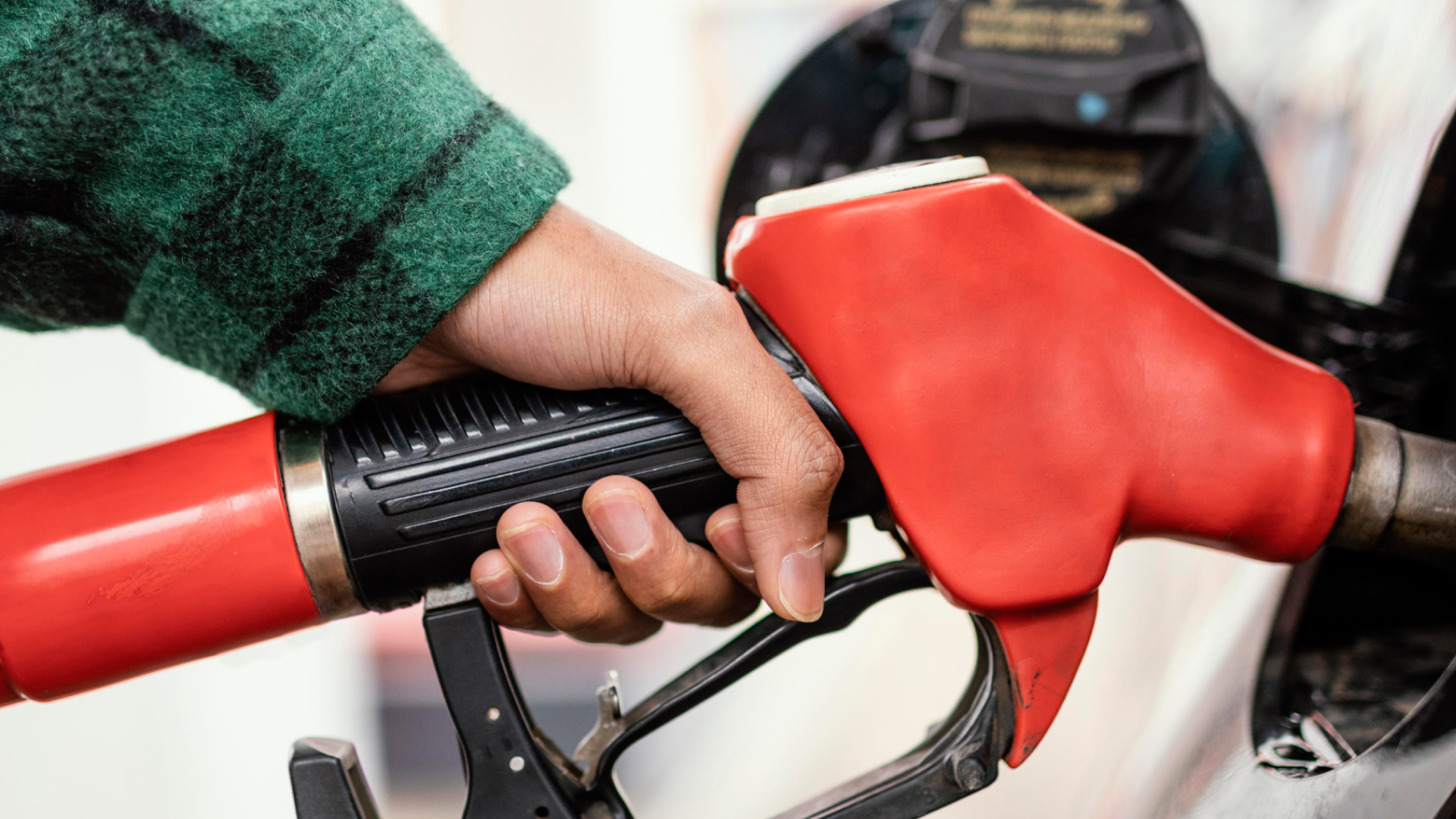How does a gas station pump work?
A gas station pump plays a crucial role at fueling stations by managing the storage and delivery of large quantities of fuel—typically ranging from 2,600 to 15,800 gallons per tank, enough to fill up to 200 cars with each refill cycle. According to the American Petroleum Institute (API) and the National Fire Protection Association (NFPA), proper pump selection and maintenance are critical to ensuring both operational efficiency and safety for customers and employees. Additionally, data from the U.S. Energy Information Administration (EIA) highlights how the underground infrastructure of fueling systems directly affects flow efficiency, speeding up service times and improving customer satisfaction.
How gas station pumps operate
A properly functioning fuel pump ensures a smooth refueling experience for customers and helps minimize operational issues that can impact station performance. The National Institute of Standards and Technology (NIST) emphasizes the importance of dispensing accuracy to build consumer trust and prevent disputes. The Environmental Protection Agency (EPA) also mandates strict safety standards to prevent leaks and environmental contamination during fuel handling and dispensing.
For station employees, reliable pumps mean faster service, fewer errors, and improved productivity during daily operations.
Safety and operational efficiency
Safety and efficiency go hand-in-hand when it comes to gas station management. Constant monitoring of fuel inventory levels is essential to guarantee both uninterrupted service and safe operation. Efficient inventory management also helps avoid supply shortages and ensures better control over sales and restocking schedules.
Another critical safety aspect is the proper unloading of fuel from tanker trucks. Following EPA and NFPA guidelines during fuel delivery prevents accidents and ensures the integrity of the fuel as it moves from the tanker into the station’s underground storage tanks. Maintaining high standards in fuel handling, cleanliness, and equipment maintenance has a direct impact on fuel quality and customer satisfaction.
How to choose the right gas station pump
When selecting a fuel pump for your station, you need equipment that delivers both accuracy and long-term reliability. Choosing the right pump can improve daily operations and enhance the customer experience.
Here are key factors to consider:
Cost-benefit analysis
Think beyond the initial price tag. While lower-cost pumps might seem attractive upfront, they often come with higher maintenance costs and shorter service life. Investing in high-quality equipment from trusted manufacturers like Gilbarco Veeder-Root or Wayne Fueling Systems can save money in the long run.
Quality parts and availability
Choose pumps that use high-quality, industry-standard parts. This ensures that replacement components are readily available in the market, reducing repair times and minimizing downtime. Leading brands like OPW and Husky Corporation offer widely supported components.
Dispensing nozzle design
Opt for ergonomically designed dispensing nozzles that are easy for customers to use. Well-designed nozzles improve safety, reduce the risk of leaks, and enhance overall fueling efficiency.
Choosing between submersible and suction pumps
Consider your station’s layout and customer volume. Submersible pumps are ideal for high-traffic locations due to higher flow rates, while suction pumps may offer a more economical solution for smaller, low-volume stations.
Flow rate capacity
Ensure that the pump’s flow rate matches your station’s expected fueling volume. High-capacity pumps help prevent long lines during peak hours and speed up service.
Maintenance costs
Before purchasing, evaluate the expected maintenance costs, including the price and availability of replacement parts and access to qualified technical support. Implementing a preventive maintenance plan can extend pump lifespan and reduce unplanned service interruptions.
Efficiency and quality: the future of gas station pumps
To stay competitive and deliver top-tier customer service, gas station owners must invest in safe, efficient technologies and operational best practices. Industry research suggests that improving pump efficiency and reducing downtime can boost station profitability by up to 20%.
Key takeaways for station owners:
- – Focus on long-term cost-benefit analysis
- – Use certified quality components
- – Choose ergonomic and efficient dispensing nozzles
- – Select pump types that suit your station layout and customer volume
- – Maintain a proactive maintenance schedule to minimize operational disruptions
Want to make a difference and ensure your gas station’s success? Count on the support of the only business group exclusively dedicated to the fuel station sector in Brazil, with over 25 years of expertise and offering personalized consulting. Contact us for more information!
With Petrol Group, you have everything for your gas station in one place!
Keep reading about: Fuel pump for gas stations: updates and innovations


